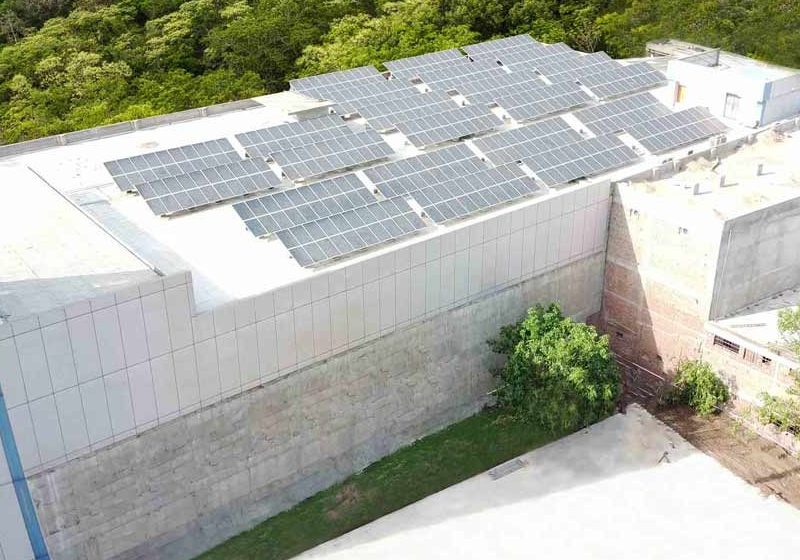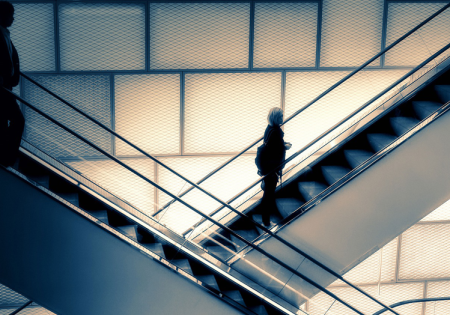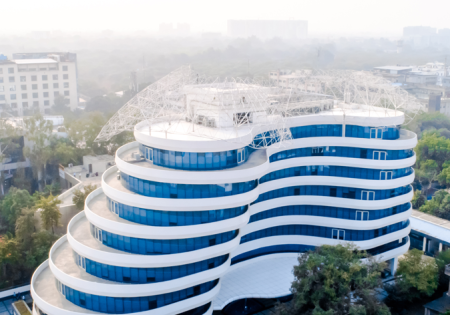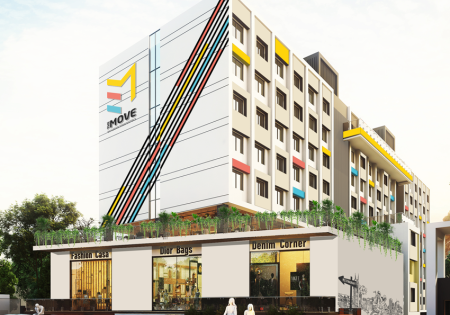A compendium of interesting elevator laws and specimens from across the globe
“Life is like an elevator. Up and down, just make sure you get off on the right floor.”
— Keith Douglas
Modern elevators are the most important and widely used mode of conveyance. Yet, they are taken for granted, and their importance is never openly discussed and acknowledged. In this article, we pay homage to this device that saves so much of our time and energy daily by discussing its global laws for operation. Also, to keep it interesting, we will give some fascinating specimens of elevators around the world.
India
Like most legislation in India, laws pertaining to safety and regulation of lifts and elevators are state subjects; hence, there is currently no uniform central law in place. One of the newer notable legislations is The Maharashtra Lifts, Escalators and Moving Walks Act, 2017 (repealing the earlier Bombay Lifts Act, 1939) introduced to provide for the regulation of the construction, erection, maintenance and safe working of all classes of lifts, escalators, moving walks and all machinery and apparatus pertaining thereto in the State of Maharashtra. Unlike the earlier act, it specifically includes escalators and moving walks, which makes it one of the more modern laws dealing with the subject matter.
Elevators in Mumbai were not allowed to go to rooftops until November 1, 2017.
The 2016 edition of the National Building Code of India, Part 8, Section 5 is dedicated entirely to “Installation of Lifts and Escalators and Moving Walks.” There are also standards prescribed by the Bureau of Indian Standards — particularly, IS 14665 (dimensions, installations, operations, maintenance and safety rules of electric traction lifts); IS 4591 (installation and maintenance of escalators); IS 14671 (hydraulic lifts); and IS 15330 (lifts for handicapped persons).
The Real Estate (Regulation and Development) Act, 2016 (RERA) seeks to protect the interests of flat purchasers through transparency and efficiency in the construction and execution of real estate projects, inter alia, by making the promoters responsible for providing the disclosed fixtures, fittings, amenities and common areas. RERA stipulates that, after the nature of the fixtures, fittings, amenities and common areas (including the nature, number and brand of elevators, as approved by the competent authority) are disclosed or furnished to the flat purchasers, the promoter shall not make any alterations or additions to the same without the previous written consent of at least two-thirds of the flat purchasers.
India’s first elevator was installed at Raj Bhavan in Kolkata in 1892. This elevator was designed by the British and was the earliest design of an electric lift by Otis. Even after 128 years, this lift is in good condition and has only been updated twice: in 1969 and 2010 with modifications to the regulator, cabling and fittings (ELEVATOR WORLD India, 3rd Quarter 2014).
U.K.
The Lifts Regulations 2016 applies to lifts permanently serving buildings or constructions and to the safety components for lifts in the U.K. The Lifting Operations Lifting Equipment Regulations 1998 is a set of regulations created under the Health and Safety at Work etc. Act 1974, which places duties on people and companies who own, operate or have control over lifting equipment. The British Standards are the standards laid down by BSI Group, which supports the aforementioned regulations, particularly BS EN 81-20:2020 and BS EN 81-50:2020, which detail the safety rules for the construction and installation of lifts.
London’s Leadenhall Building, also known as the Cheesegrater, is a 224-m-tall skyscraper and has the fastest lift in Europe, installed by KONE, which travels at 8 mps.
Germany
Elevators in Germany are installed in accordance with Directive 2014/33/EU (replacing the previous Directive 95/1/EC), which aims to ensure advanced safety standards for lift users and maintenance staff. The primary national German legislations in force are the Product Safety Act (replacing the earlier German Equipment and Product Safety Act). This specifies safety requirements for products and employs various European Union regulations in German laws. Additionally, the German Industrial Safety and Health Ordinance is a regulation dealing with health and safety in the use of work equipment.
China
The Law on Safety of Special Equipment of the People’s Republic of China includes elevators and lifting appliances within the ambit of “special equipment,” as well as other appliances “which have high risks relating to safety of human lives and properties.” It stipulates that elevator installation, alteration and repair must be carried out by the elevator manufacturer or an entity that has obtained the relevant license according to the law and authorized by the manufacturer.
China’s GuoBiao (GB) standards are issued by the Standardization Administration. Considered the Chinese national standards, the ones particularly relevant to elevators are GB 7588:2003/XG1-2015, which prescribe safety rules for the construction and installation of electric lifts.
South China Morning Post reported in March that, according to state media, the Hefei, China-based Easpeed has innovated a technology wherein lift users enter their floor number using holographic images of buttons. Though not widely used, the source reported at least one elevator in the eastern city of Hefei had installed it. Easpeed said it had received more than 100 orders for the component.
U.S.
In the U.S., OSHA and the American Society of Mechanical Engineers (ASME) regulate all laws pertaining to elevator safety and maintenance. The ASME A17.1 Safety Code for Elevators and Escalators is the standard for elevators and escalators and covers aspects relating to design, construction, installation, operation, testing, inspection, maintenance, alteration and repair.
Some Fascinating Lifts
Paternosters
A paternoster is a passenger elevator that consists of a series of open “shelves” that move in a continuous loop. Passengers can board or alight at any floor they desire. A reason for their popularity in earlier times was that a paternoster’s capacity could triple or quadruple that of standard elevators in similarly sized shafts. These lifts were once popular in Germany and parts of Eastern Europe; however, owing to the great peril of mishap, the manufacture of new paternoster lifts is not permitted in most jurisdictions, and few exist.
Shabbat Elevators
Since Jewish law requires abstention from operating electrical switches on Shabbat, the Shabbat elevators are programmed to stop automatically on every floor during the Shabbat. In July 2001, the Israeli parliament, the Knesset, passed a law mandating the installation of at least one Shabbat elevator in all new public buildings and residential buildings. Shabbat elevators are widely prevalent in Israel, where they are required by law, and in certain other countries with sizeable Jewish populations.
Conclusion
I hope readers have found the above insights on the world’s varying elevator laws, as well as unique lifts and elevators, to be informative and interesting. In case readers come across some more unique and notable legislations or more quirky elevators, send them to email: [email protected].
Acknowledgements
A special thanks goes out to our firm’s intern, Ananya Misra, for her painstaking research for this article. (She claims she found it enjoyable!)


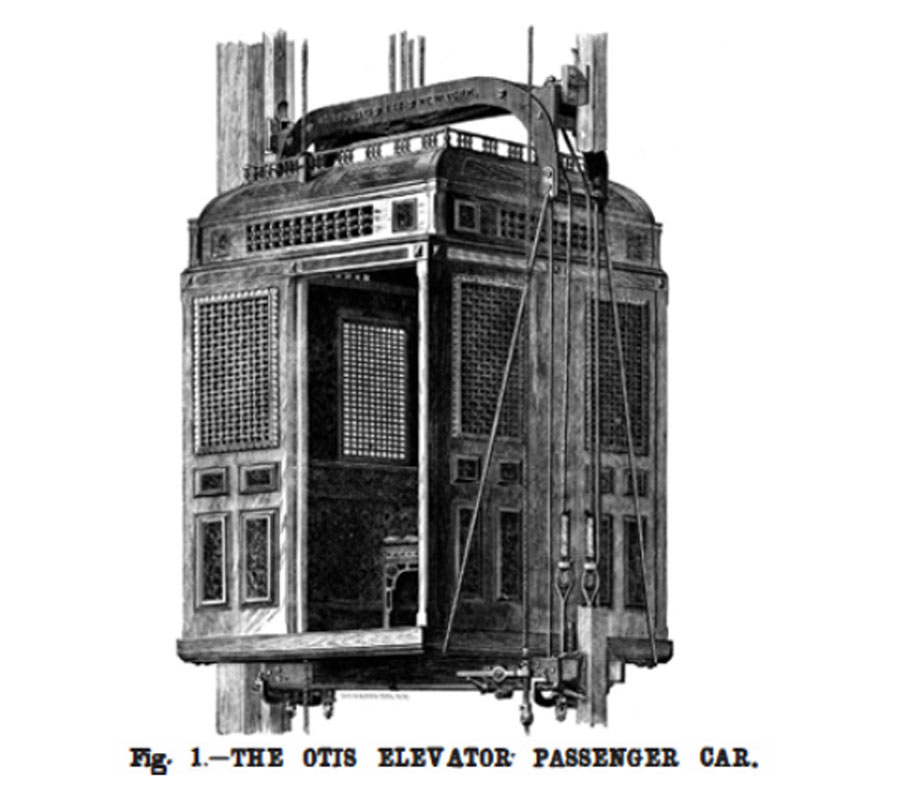


Get more of Elevator World. Sign up for our free e-newsletter.




